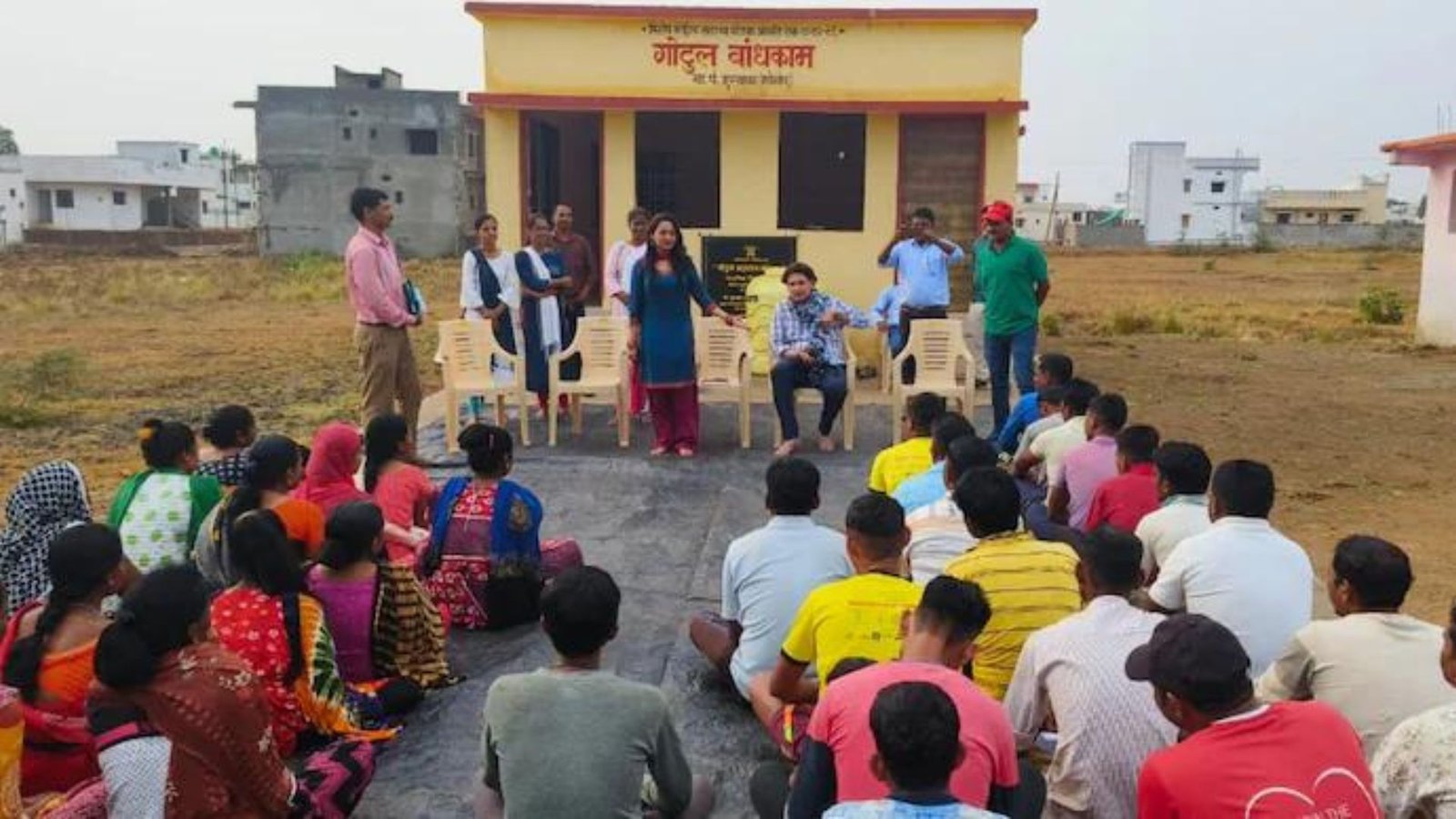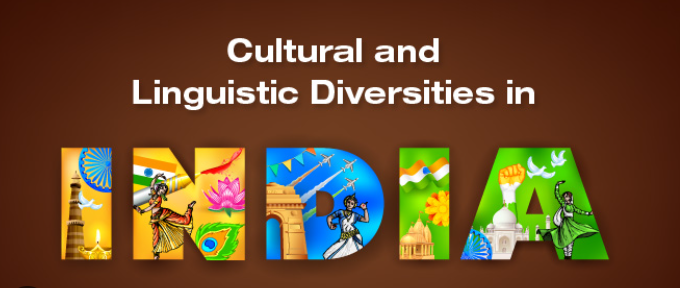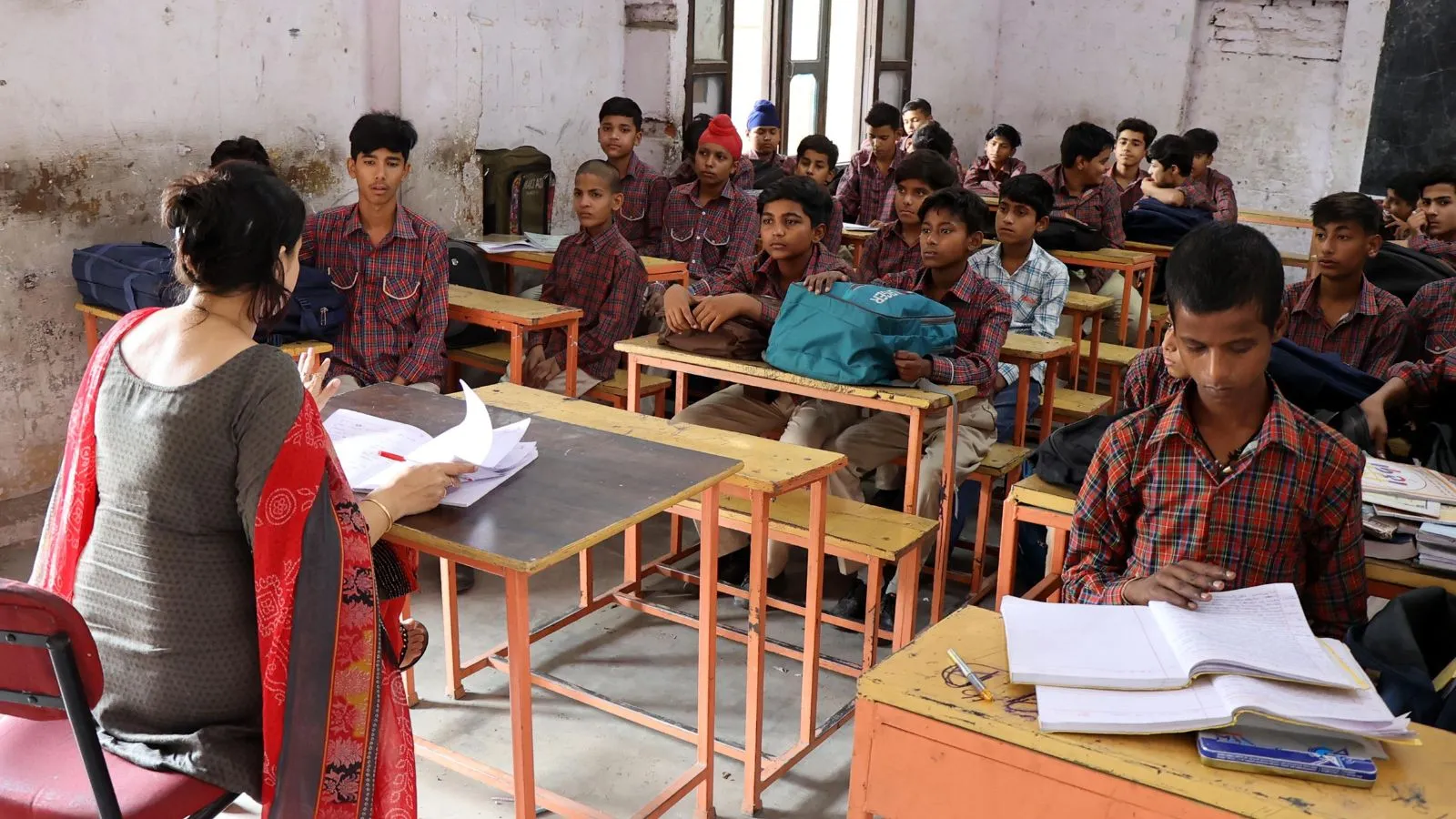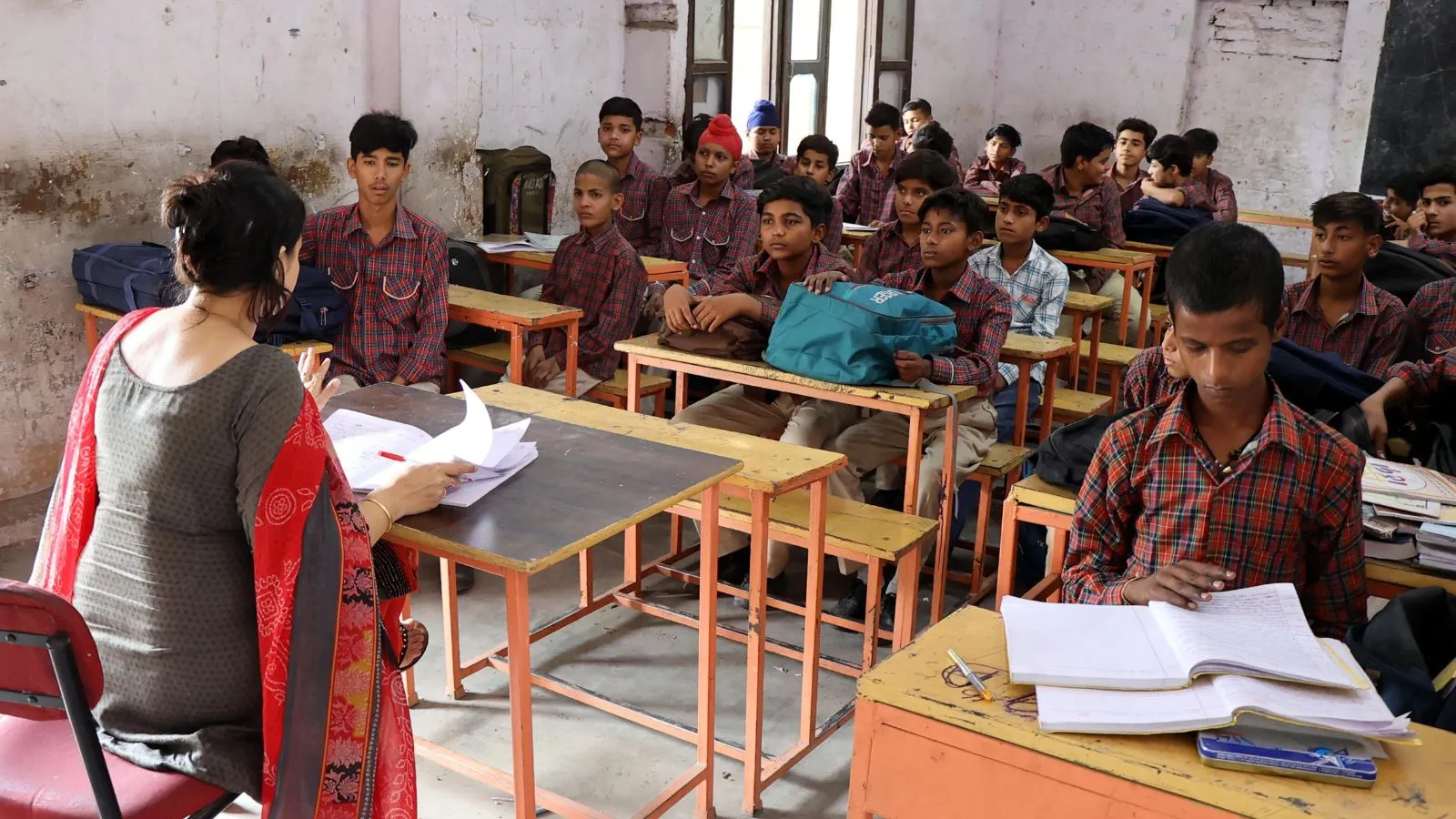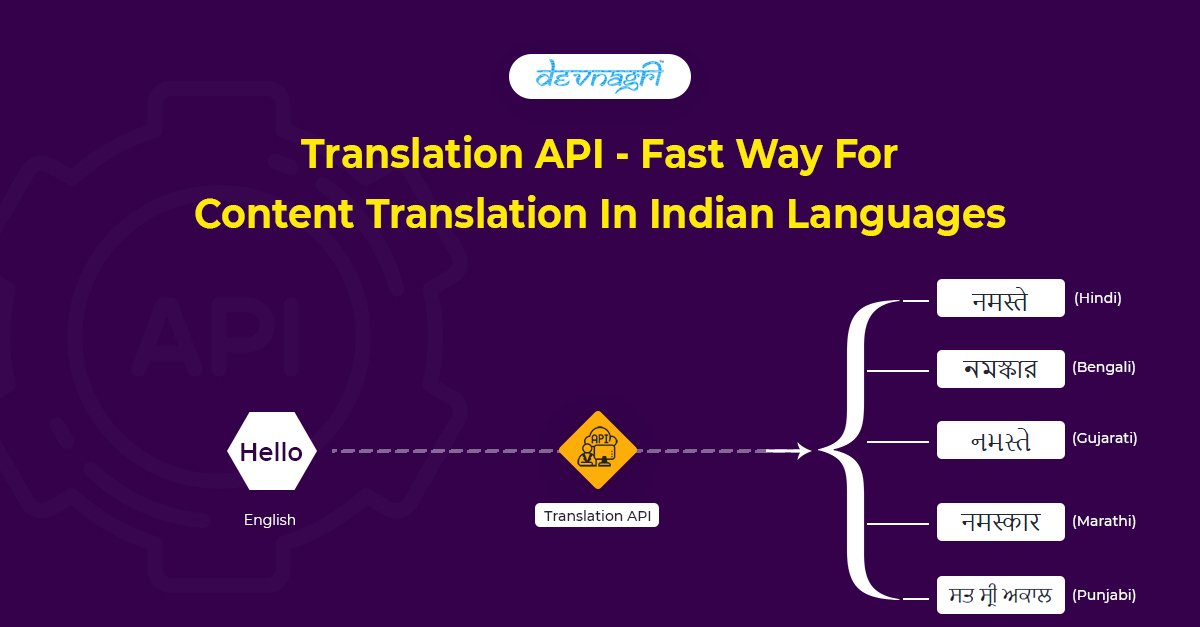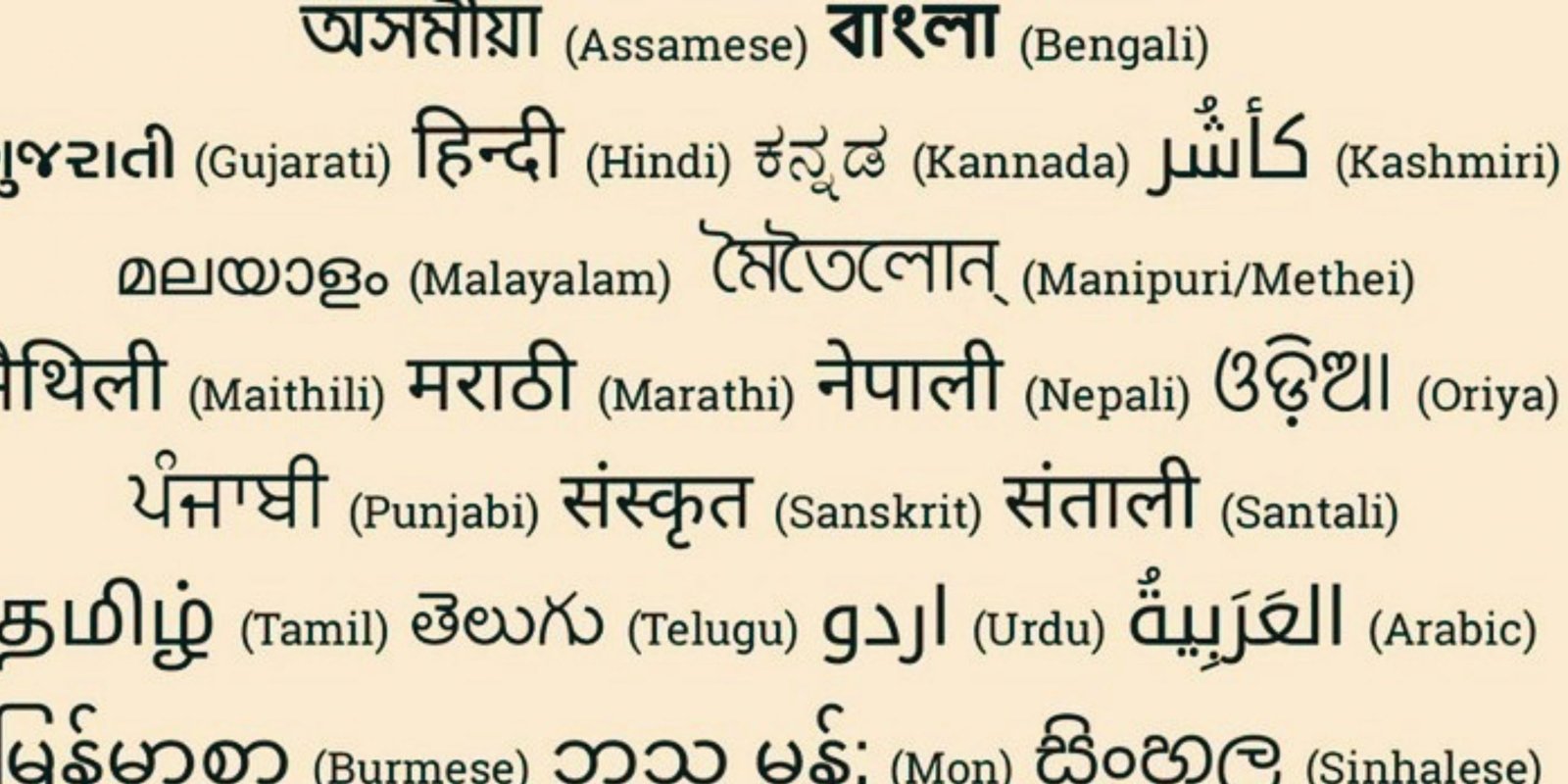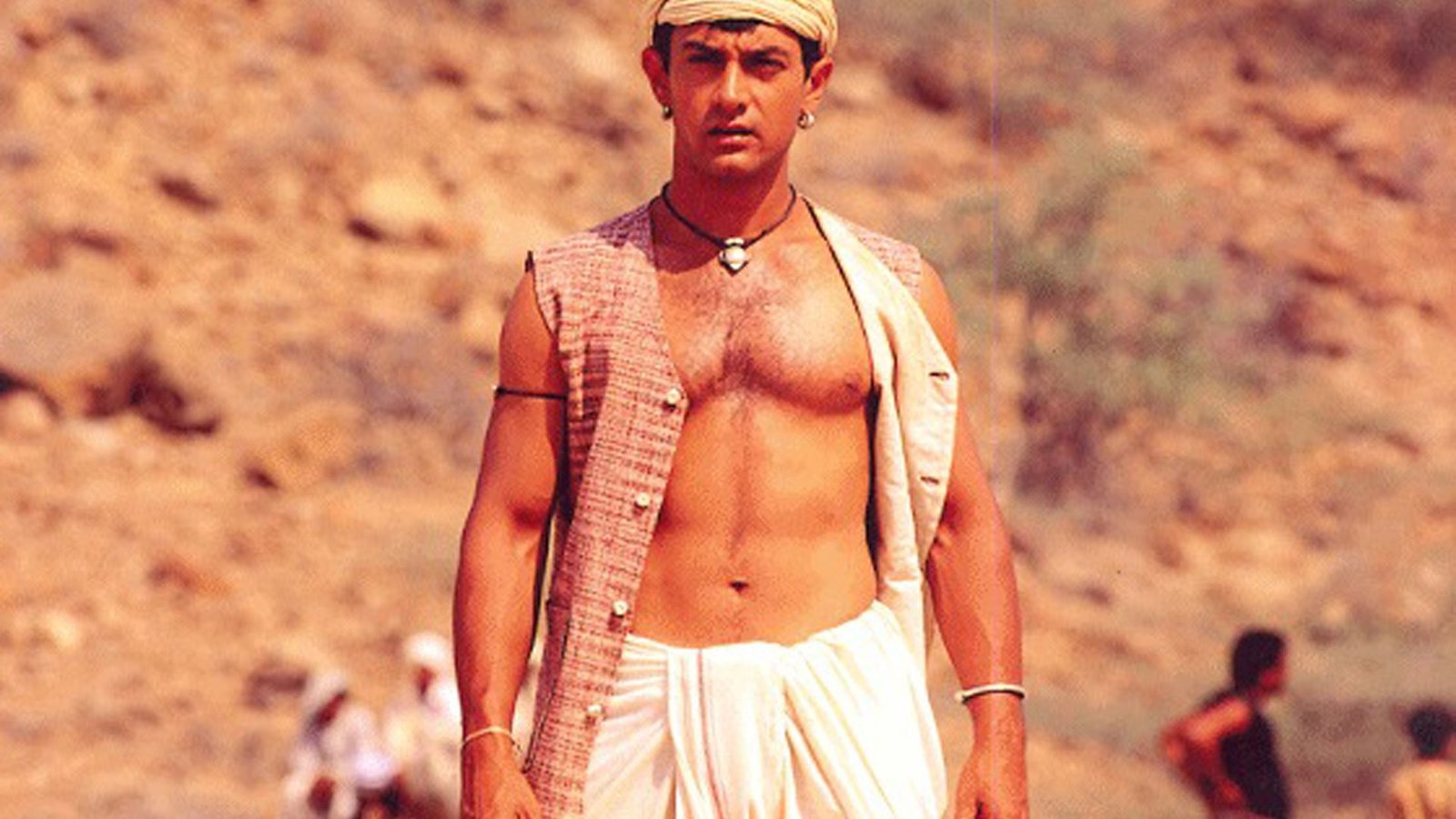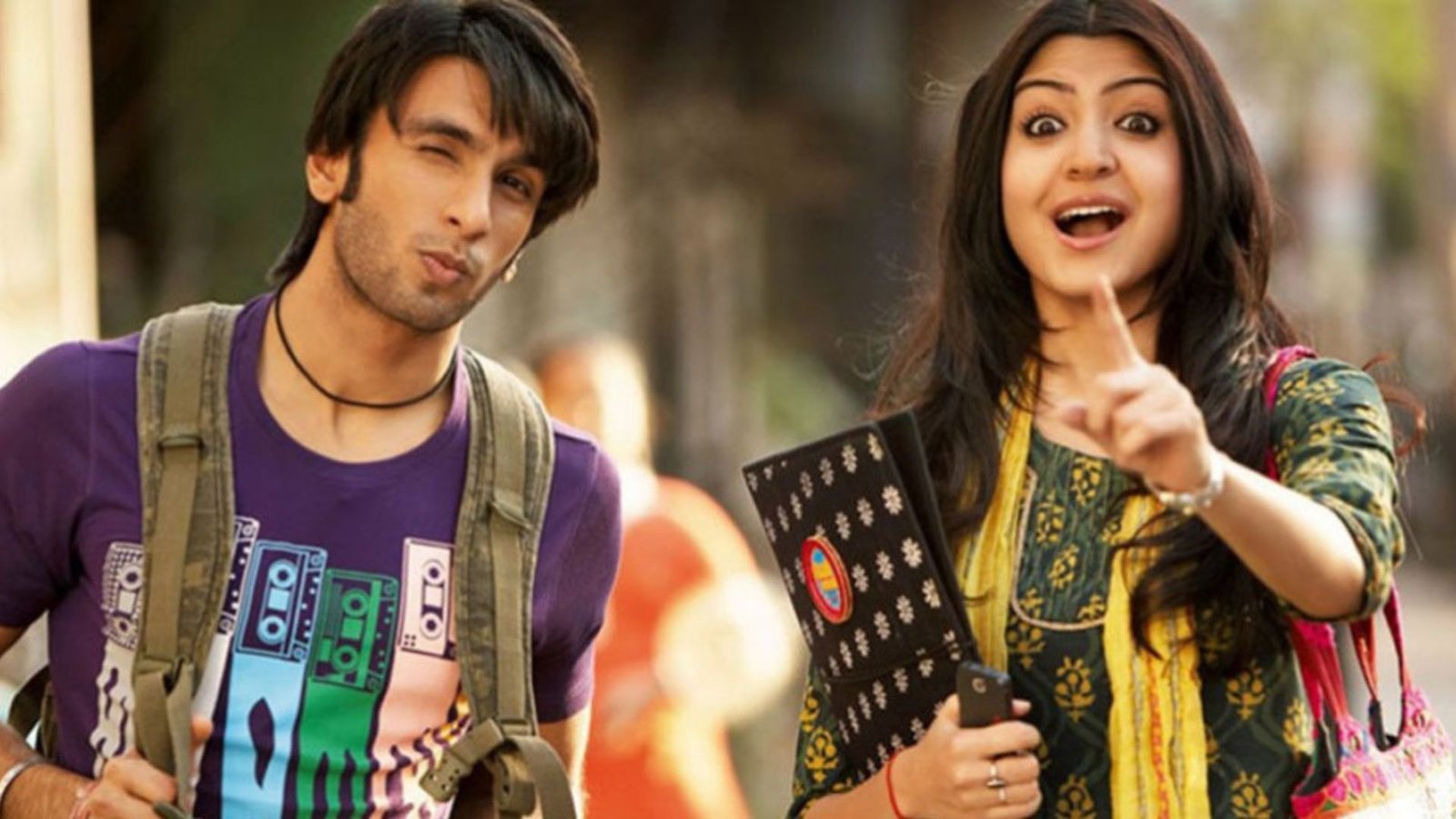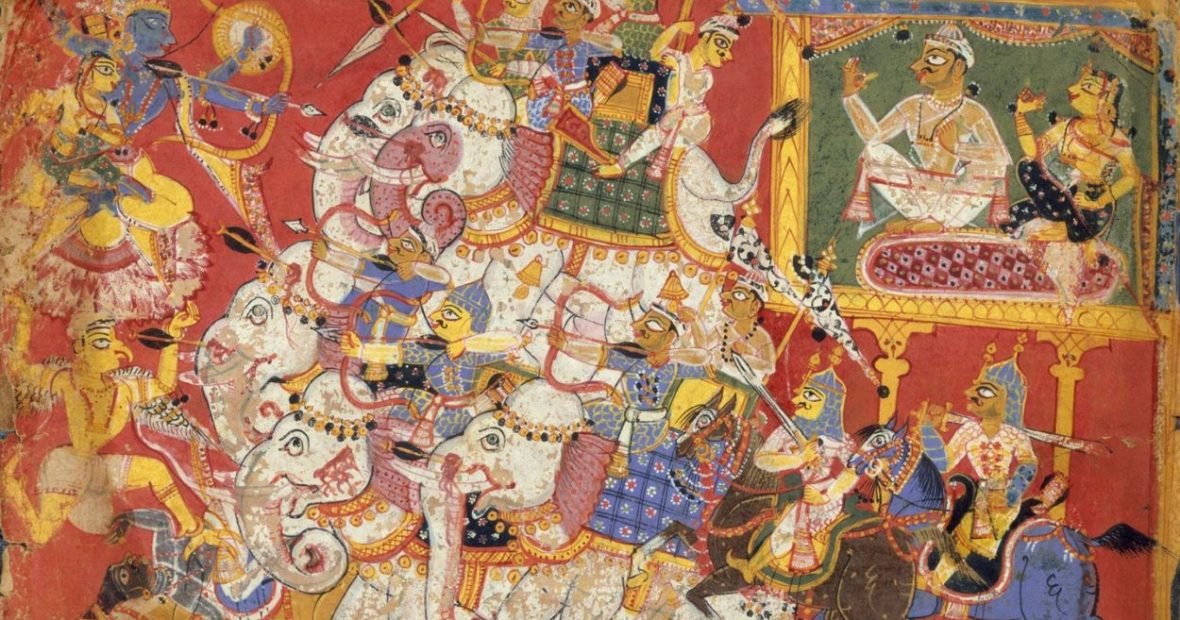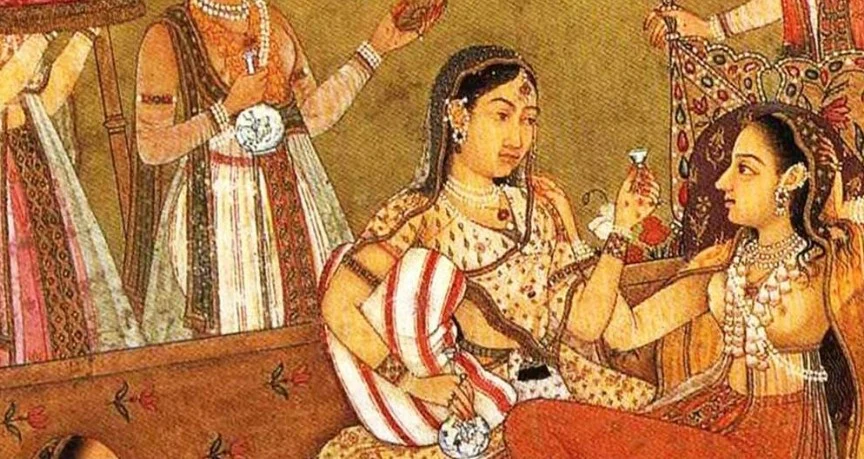Tips for Auditioning for Indian Film Roles
Auditioning for Indian film roles can be both exciting and challenging. To make a strong impression and stand out, it’s essential to be well-prepared and understand the industry’s specific demands. Here are some valuable tips for auditioning for Indian film roles that can help you succeed.
1. Know the Role Inside Out
Before you step into the audition room, research the character you’re auditioning for thoroughly. Understanding the role’s background, personality, and motivations is crucial. This knowledge will help you deliver a performance that aligns with the character’s requirements.

2. Perfect Your Monologue
A well-rehearsed monologue can be a powerful tool in your audition. Choose a piece that highlights your strengths and suits the role you’re auditioning for. Practice your delivery until you can perform it confidently and naturally, reflecting the character’s emotions and traits.
3. Understand the Film’s Genre
Indian cinema spans various genres, from drama and romance to action and comedy. Knowing the genre of the film you’re auditioning for will help you tailor your performance accordingly. It’s essential to adapt your acting style to fit the film’s tone and mood.
4. Dress Appropriately
Your outfit should be appropriate for the role you’re auditioning for. Choose attire that aligns with the character’s style but avoids overshadowing your performance. Dressing correctly helps you get into character and makes a positive impression on the casting directors.
5. Be Confident and Poised
Confidence is key when auditioning for Indian film roles. Enter the room with a positive attitude and self-assurance. A confident demeanour can make a significant difference in how casting directors perceive your performance.
6. Focus on Your Body Language
Body language plays a crucial role in acting. During your audition, pay attention to your posture, gestures, and facial expressions. Effective body language enhances your performance and helps convey the character’s emotions more convincingly.
7. Practice Your Dialogue Delivery
Clear and precise dialogue delivery is essential in auditions. Practice speaking your lines clearly and with the right emotion. This practice helps you stay focused and ensures that your performance is impactful and engaging.
8. Take Direction Well
Casting directors may offer directions or adjustments during the audition. Be open to their feedback and willing to adapt your performance accordingly. Showing that you can take direction positively is a valuable trait for any actor.
9. Prepare for Different Scenarios
Sometimes, auditions may require you to perform unexpected tasks or read from the script on the spot. Prepare yourself for various scenarios by practising improvisation and adapting to new situations quickly.
10. Build a Strong Portfolio
A well-prepared portfolio can enhance your chances of landing Indian film roles. Include a professional headshot, resume, and any relevant experience or previous roles. A strong portfolio showcases your talent and commitment to your acting career.
11. Network Within the Industry
Networking is an essential part of the film industry. Attend industry events, workshops, and film festivals to meet professionals and casting directors. Building connections can open doors to new audition opportunities and roles.
12. Stay Updated on Industry Trends
Keeping up with current trends in Indian cinema helps you understand what casting directors are looking for. Stay informed about popular films, emerging actors, and industry news to better align your auditions with market demands.
13. Work on Your Emotional Range
Indian film roles often require a broad emotional range. Work on developing your ability to portray different emotions effectively. Practice scenes that require varied emotional responses to demonstrate your versatility as an actor.
14. Be Persistent and Resilient
The path to landing Indian film roles can be challenging and competitive. Persistence and resilience are essential qualities for success. Keep auditioning, learning, and improving your skills, and stay positive despite any setbacks.
15. Seek Professional Guidance
Consider working with an acting coach or mentor to refine your skills and enhance your audition techniques. Professional guidance can provide valuable insights and help you prepare more effectively for auditions.
Conclusion
Auditioning for Indian film roles involves a blend of preparation, confidence, and adaptability. By following these tips, you can improve your chances of making a lasting impression and securing roles in the competitive world of Indian cinema. Keep honing your skills, staying informed, and approaching each audition with dedication and enthusiasm.

